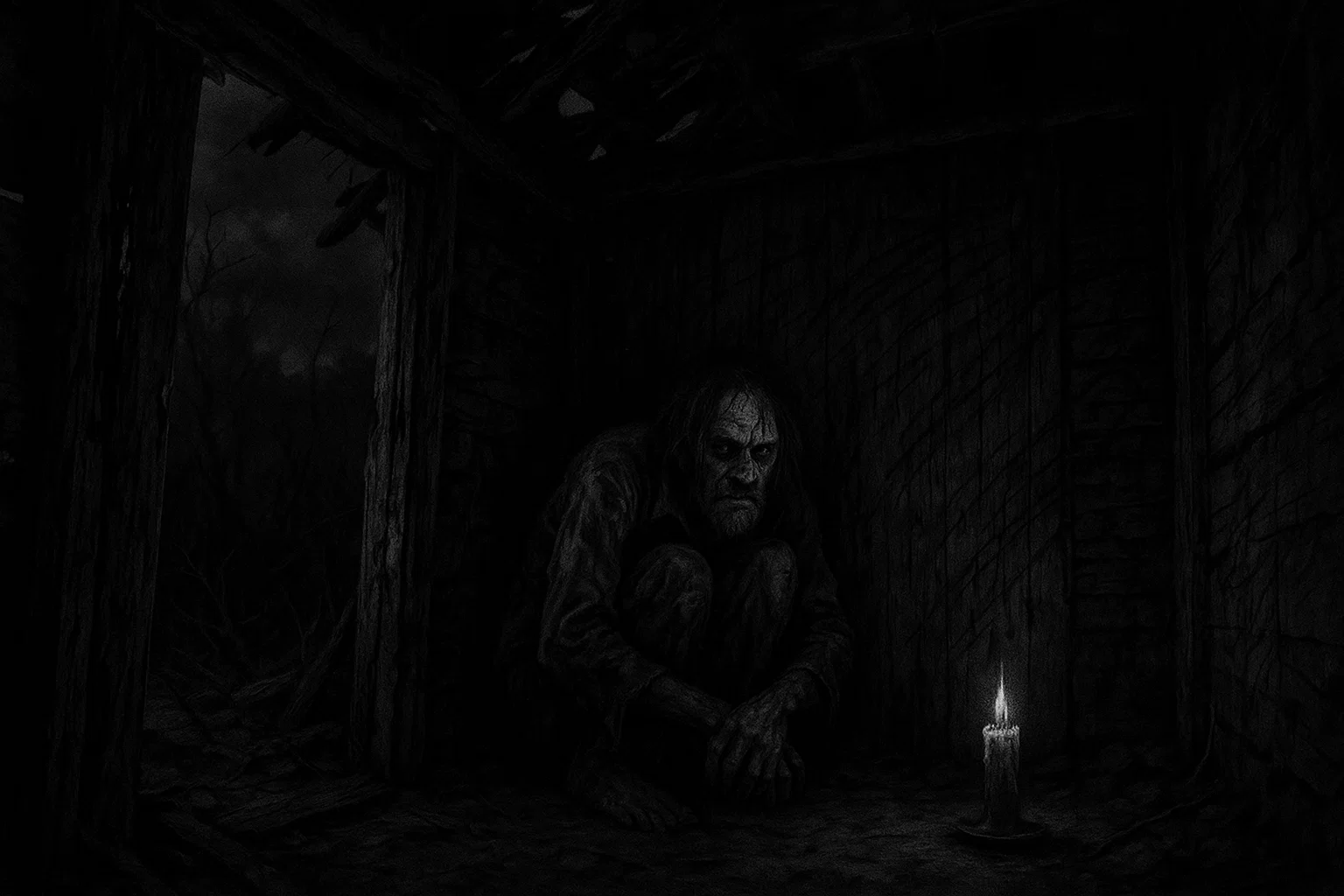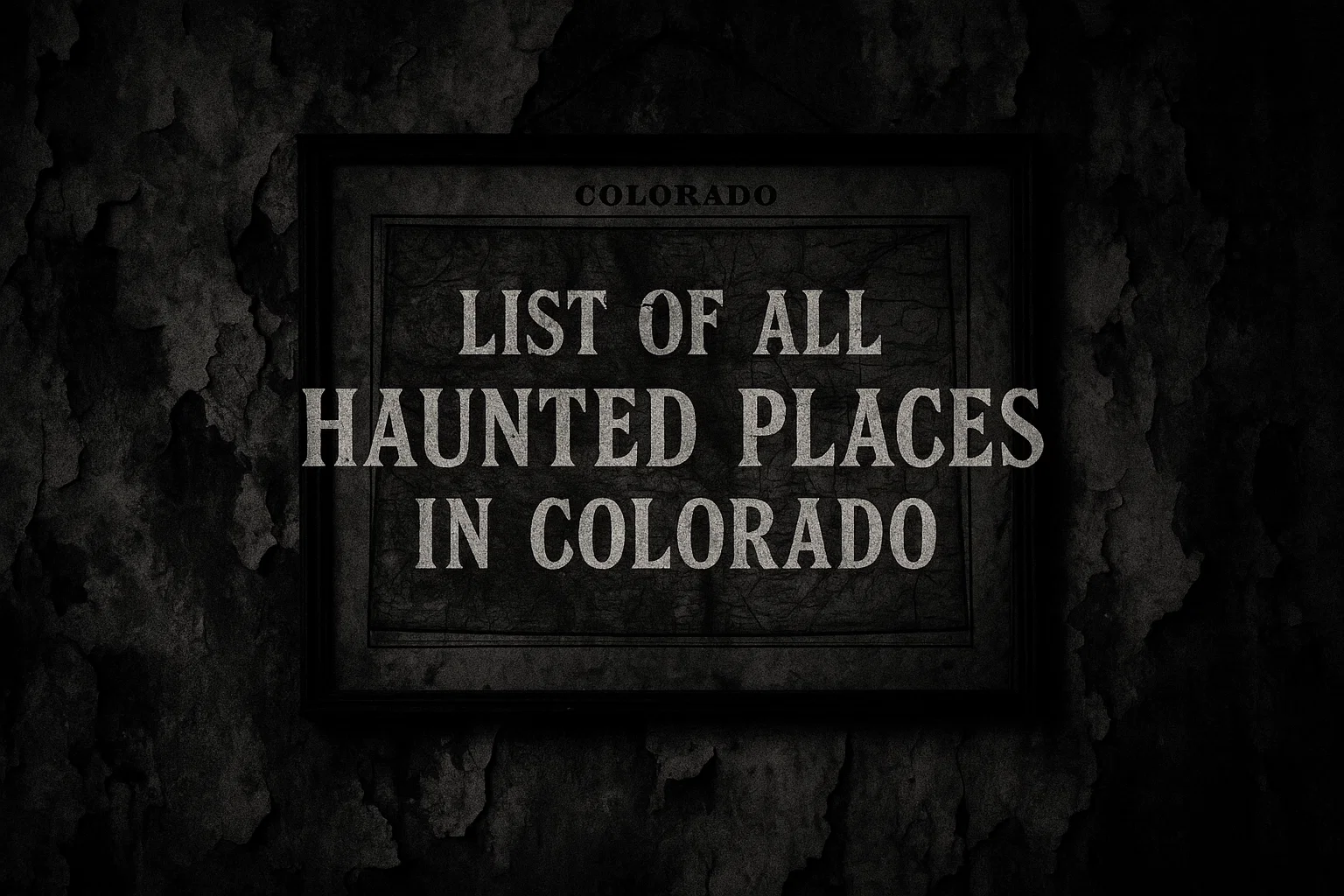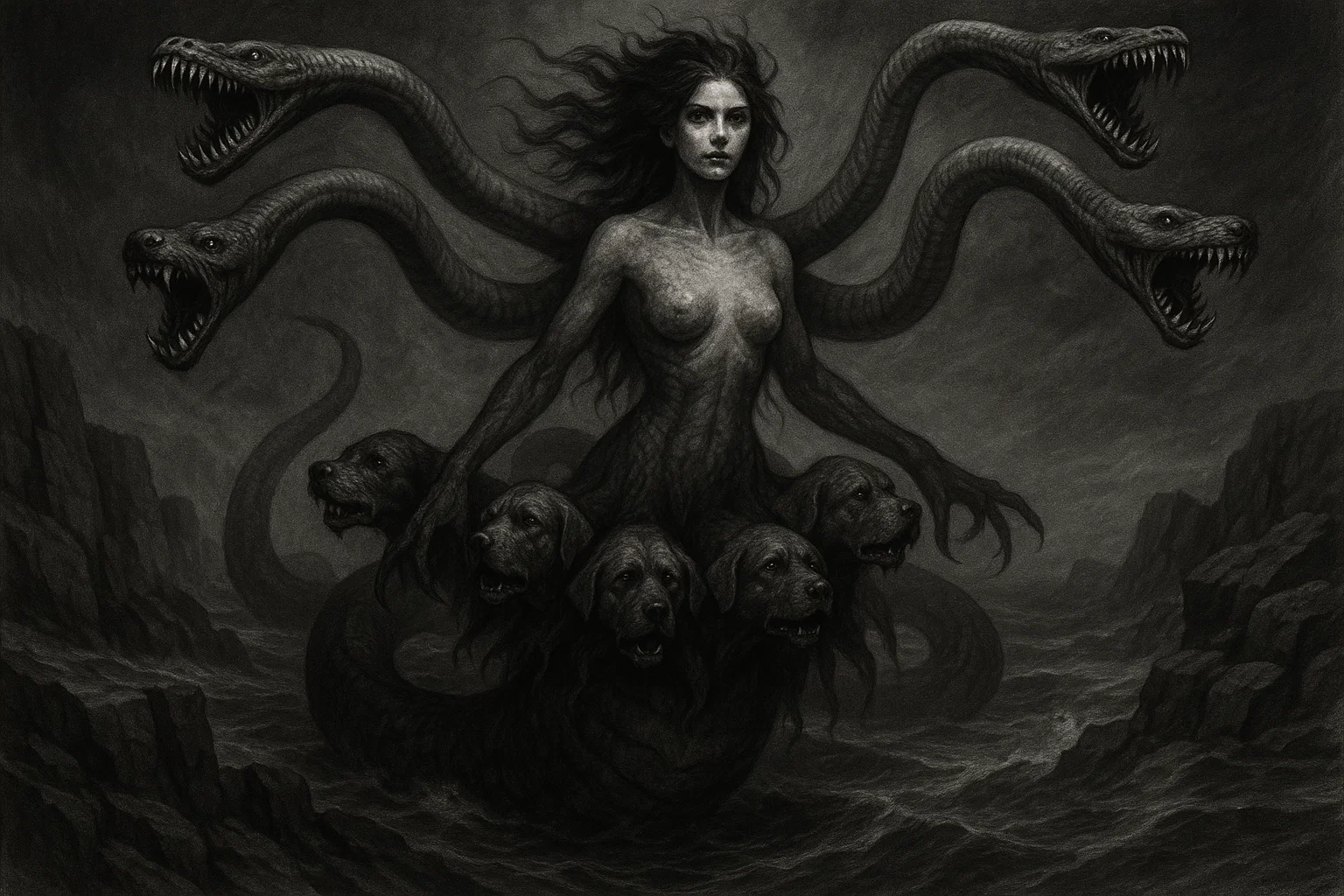Henry Gardinn, executed in 1605 in the Duchy of Limburg, stands as a haunting figure in the grim annals of werewolf witch trials.
Accused of transforming into a ravenous wolf alongside accomplices Jan Le Loup and an unnamed man, Gardinn confessed to the ghastly murder and cannibalistic devouring of a child.
His trial, steeped in superstitious dread and likely fueled by torturous coercion, culminated in a fiery execution at the stake, a stark reflection of 17th-century Europe’s paranoiac fear of lycanthropy as a diabolical sorcery.
Though historical records are fragmentary, Gardinn’s case illuminates the cultural turmoil of the Spanish Netherlands, where feral threats and occult paranoia converged to produce tragic scapegoats. This chilling narrative offers a vivid glimpse into an era gripped by primal terror and judicial brutality.
Summary
Overview
| Aspect | Details |
|---|---|
| Name | Henry Gardinn |
| Location | Duchy of Limburg, Spanish Netherlands (near Heusden or Maastricht) |
| Year | 1605 (arrest and execution in March–April) |
| Occupation | Likely a peasant, laborer, or woodcutter; no confirmed trade |
| Family | No documented family; possibly lived alone or with kin in a rural village |
| Crimes | Confessed to lycanthropic transformation, murder, and cannibalism of a child; suspected in livestock attacks |
| Victims | One unnamed child (aged ~8–12); possible additional victims unrecorded |
| Modus Operandi | Alleged shapeshifting into a wolf via a cat’s pelt; mauled and ate victim |
| Witnesses | Pieter Janssen (farmer), Maria Claes (tavern keeper), Anna Mertens (villager) |
| Key Figures | Jan Le Loup (accomplice, executed 1607); Willem van der Horst (magistrate); Pieter van Loon (judge); Father Lukas (priest) |
| Sentence | Burned alive at the stake on 30 March 1605 |
| Primary Sources | Fernand Vanhemelryck’s Het gevecht met de duivel (1999); Aleksander Plukowski’s Before the Werewolf Trials (2015) |
| Secondary Sources | Limburg court fragments; 17th-century witch trial records; oral traditions |
Who Was Henry Gardinn?
Henry Gardinn was an obscure resident of the Duchy of Limburg, a region of rolling hills and dense woodlands in the Spanish Netherlands, now spanning parts of modern-day Netherlands and Belgium.
Born around the 1570s, he was likely a commoner—perhaps a woodcutter, day laborer, or peasant farmer—eking out a living in a rural village near Heusden or Maastricht.
Historical records offer no details about his family, appearance, or social ties, a common omission for marginal figures in 17th-century documents. Gardinn’s life was likely marked by toil and anonymity, until 1605, when he was branded a werewolf and sorcerer.
Villagers may have viewed Gardinn as an outsider, perhaps due to solitary habits or minor disputes, making him a convenient scapegoat. His association with Jan Le Loup, whose name (“John the Wolf”) likely fueled suspicion, and another unnamed man suggests a small clique perceived as troublesome.
The era’s superstitious fervor cast such men as potential agents of Satan, especially in a region plagued by wolf attacks and social unrest during the early Thirty Years’ War. Gardinn’s lycanthropic accusation transformed him from an unremarkable laborer into a monstrous specter, embodying the community’s deepest fears.
You May Also Like: The Gold of Tolosa: History’s Most Cursed Treasure?
Henry Gardinn’s Story
In early 1605, the Duchy of Limburg was a tinderbox of fear and suspicion. The Thirty Years’ War loomed, bringing famine and lawlessness, while wolf packs prowled the countryside, threatening livestock and, rarely, humans.
Against this backdrop, Henry Gardinn was arrested in March 1605, accused of shapeshifting into a ravenous wolf with Jan Le Loup and an unnamed accomplice. The ghastly charge centered on the cannibalistic slaughter of a child, a crime that ignited village panic and public outrage.
Early Life and Background
Little is known of Gardinn’s early life, but as a peasant in Limburg, he likely grew up in a ramshackle cottage, toiling in fields or forests. Born in the 1570s, he may have been in his 30s during his arrest, weathered by hard labor.
Rumors, preserved in oral traditions, paint him as a reclusive figure, perhaps widowed or childless, with a gaunt frame and hollow eyes. His association with Jan Le Loup, a notorious drifter, and another man—possibly a local vagrant—suggests a marginalized trio distrusted by villagers.
Gardinn’s solitude and poverty likely made him an easy target for accusations during a time when superstition ran rampant.
Crimes and Accusations
The heinous crime Gardinn confessed to was the murder and cannibalism of an unnamed child, aged approximately 8–12, in early March 1605. On or around 5 March, the child vanished from a village near Heusden, possibly while gathering firewood.
Gardinn’s coerced confession, extracted under torture, claimed that he, Le Loup, and their accomplice donned a cat’s pelt—a bizarre relic—over their heads, triggering a diabolical transformation into wolves. In their feral state, they stalked the child through a moonlit forest, pounced with claws slashing, and tore the victim apart.
The gruesome account described how they gorged on the child’s flesh, their jaws dripping with crimson gore, leaving mangled remains strewn across a clearing.
The cannibalistic act was shockingly vivid: the child’s ribcage was cracked open, organs devoured, and limbs gnawed to splintered bones. A severed hand, its fingers clawed, was later found, alongside blood-soaked scraps of clothing.
No other human victims are documented, but Gardinn was suspected of mauling livestock, with farmer Pieter Janssen reporting five sheep disemboweled on 28 February 1605, their entrails scattered like ghastly streamers. These savage attacks fueled village paranoia, linking Gardinn to a wilkołak—the regional term for a werewolf.
Additional accusations emerged. Villagers claimed Gardinn and his accomplices prowled at night, their eerie howls chilling the air. Maria Claes, a tavern keeper, reported seeing a shadowy beast with blazing eyes near her barn on 3 March, while Anna Mertens, a seamstress, found claw marks on her door, etched deep into the wood.
These terrifying sightings painted Gardinn as a monstrous predator, driven by a Satanic pact.
You May Also Like: The Gashadokuro: Japan’s Giant Skeleton Yokai of Vengeful Spirits
Discovery of the Crimes
The crime came to light when the child’s eviscerated remains were discovered on 6 March 1605, likely by a woodcutter or shepherd. The ghoulish scene—gore-soaked earth, shattered bones, and torn flesh—sparked horrified whispers.
Parents, frantic over the disappearance, alerted magistrate Willem van der Horst, who dispatched militiamen to investigate. Rumors swirled, with villagers like Janssen pointing to Gardinn’s reclusive nature and Le Loup’s ominous name.
Claes’s tale of a spectral wolf and Mertens’s claw-marked door intensified public dread, leading to Gardinn’s arrest.
Community Response
The community’s reaction was swift and visceral. On 7 March, villagers gathered in Heusden’s square, their angry shouts demanding justice. Parents barred children indoors, and armed patrols roamed, wielding blessed silver to repel demonic beasts.
Father Lukas held firebrand vigils, ringing church bells to banish evil and preaching against occult sorcery. By 10 March, village panic peaked, with taverns deserted and fields untended, as fear of lycanthropic attacks gripped Limburg.
The Hunt and Arrest
The hunt for Gardinn was a tense pursuit. On 12 March 1605, Captain Hendrik de Vries, leading a militia band, tracked Gardinn to a dilapidated hovel near Heusden’s outskirts, acting on a tip from a neighbor, possibly Mertens.
Bursting through the door, they found Gardinn cowering, his haggard face betraying fear. He was shackled and dragged to a dank gaol, while Le Loup fled into the shadowy woods, evading capture until 1607. The third accomplice vanished, their fate shrouded in mystery.
The blood-curdling nature of the crime ensured public outrage, with villagers pelting Gardinn’s escort with rotten refuse.
Henry Gardinn’s Werewolf Trial
The trial of Henry Gardinn, held in late March 1605, was a brutal spectacle emblematic of werewolf witch trials. Charged with witchcraft and lycanthropy, he faced a Dutch court, likely in Heusden’s town hall or Maastricht’s judicial chamber.
The swift proceedings, driven by coerced confession and superstitious zeal, offered no mercy, sealing Gardinn’s doomed fate.
You May Also Like: Children Vanished: The Werewolf of Eschenbach Case
Capture and Initial Interrogation
Gardinn’s capture on 12 March marked the start of his harrowing ordeal. Confined in a vermin-ridden cell, he faced relentless interrogations by magistrate van der Horst’s men. Sleep deprivation and thumbscrews—iron devices crushing fingers—likely began on 13 March, softening him for harsher torments.
By 15 March, under excruciating pain, Gardinn admitted to occult practices, claiming a cat’s pelt enabled his shapeshifting. The bizarre detail, possibly suggested by interrogators, aligned with folklore about magical relics.
On 20 March, the rack was employed, stretching Gardinn’s sinews until joints popped. Hot irons seared his flesh, leaving charred welts, as interrogators demanded details of the cannibalistic act.
His anguished screams echoed through the gaol, and by evening, he confessed: on 26 March, six days after donning the cat’s pelt, he, Le Loup, and their accomplice became wolves, stalked a child, and feasted on their gore-soaked remains.
The confession, scribed by clerk Jan Mertens, was damning, though no pelt was found.
Legal Proceedings
The trial began on 25 March 1605, presided by Judge Pieter van Loon, a stern jurist known for witch-hunt zeal. Held in a crowded courtroom, the proceedings were a public theater of horror.
Van Loon read Gardinn’s confession, detailing the cannibalistic slaughter, to a gawking audience. Father Lukas testified, branding lycanthropy a Satanic pact, while villagers—Janssen, Claes, and Mertens—recounted spectral sightings and claw marks.
No defense was permitted, as accused witches were presumed guilty. The lack of evidence—no witnesses to the transformation, no pelt—mattered little; the confession sufficed.
Sentence and Execution
On 28 March, van Loon pronounced Gardinn’s death sentence: to be burned alive at the stake, a purifying ritual for witchcraft and heresy. The execution, set for 30 March in Heusden’s market square, was a ghastly spectacle.
At dawn, Gardinn, emaciated and shackled, was dragged through jeering crowds. Tied to a wooden pyre, he faced torches wielded by militiamen. As flames erupted, his flesh blistered, and agonized shrieks pierced the air. The acrid stench of burning flesh choked onlookers, and within minutes, Gardinn was reduced to ashes.
His charred bones were scattered to prevent spectral return, a grim precaution.
Jan Le Loup, captured in 1607, faced a similar fiery end, while the third accomplice’s fate remains unknown. The public execution served as a warning, reinforcing communal order in a fearful era.
You May Also Like: Who Was the Werewolf of Klein-Krams?
Henry Gardinn vs. Other Werewolves
| Case Name | Year | Location | Key Details | Notable Features |
|---|---|---|---|---|
| Peter Stumpp | 1589 | Bedburg, Germany | Devil pact, 16 murders; broken on wheel, beheaded, burned. | “Werewolf of Bedburg”; magical belt; massive victim count. |
| Gilles Garnier | 1573 | Dole, France | Ate four children; burned at stake. | “Hermit of Dole”; famine-driven; demonic aid claimed. |
| Werewolves of Poligny | 1521 | Poligny, France | Three men ate children; burned at stake. | Pierre Burgot and Michel Verdun; devil’s ointment; group accusation. |
| Jean Grenier | 1603 | Bordeaux, France | Shepherd boy, child attacks; imprisoned as insane. | Youngest at 14; wolfskin gift; spared execution. |
| Jacques Roulet | 1598 | Angers, France | Killed boy, confessed; deemed insane, not executed. | Blood-covered; salve transformation; leniency for insanity. |
| Thiess of Kaltenbrun | 1692 | Livonia, Estonia | Fought devils as werewolf; whipped, banished. | “Hound of God”; benevolent werewolf; late Baltic trial. |
| Beast of Gévaudan | 1764–67 | Gévaudan, France | Killed 100+; hunted, unresolved. | National panic; cryptozoological debate; no human culprit. |
| Hans the Werewolf | 1582 | France | Livestock attacks; confessed, executed. | Rural focus; tortured confession; lesser-known. |
| Werewolf of Châlons | 1598 | Châlons, France | Lured children; burned at stake. | “Demon Tailor”; cannibalism; records destroyed. |
| Manuel Blanco Romasanta | 1853 | Galicia, Spain | 13 murders, lycanthropy claim; life imprisonment. | Spain’s first serial killer; psychological defense; modern approach. |
Was Henry Gardinn a Real Werewolf?
Henry Gardinn’s case is a documented werewolf witch trial, but no evidence supports his literal transformation into a wolf. It is best understood as a tragic product of 17th-century superstition, judicial brutality, and social paranoia.
Historical Sources:
- Fernand Vanhemelryck’s Het gevecht met de duivel (1999): Chronicles Gardinn’s 1605 trial, noting his cat’s pelt confession and burning, but lacks biographical depth.
- Aleksander Plukowski’s Before the Werewolf Trials (2015): Frames Gardinn within shape-changing beliefs, citing his execution as one of three werewolf cases in the Spanish Netherlands.
- Limburg Court Fragments: Incomplete records mention a 1605 witchcraft trial in Heusden, possibly Gardinn’s, but lack specifics.
- 17th-Century Chronicles: Vague references to wolf attacks in Limburg, possibly conflated with lycanthropy accusations.
- Oral Traditions: Local tales, recorded later, describe a werewolf trio near Heusden, aligning with Gardinn’s case.
Accuracy and Inaccuracies
The sources confirm Gardinn’s trial and execution in 1605, likely for a child’s murder. The cat’s pelt motif, unique to his confession, is likely an interrogator-driven or folkloric embellishment, as no such artifact was recovered.
The cannibalism claim, while horrific, lacks corroboration beyond the coerced confession, typical of witch trials where torture produced fantastical narratives. The child’s mangled remains are plausible, given wolf attacks or human violence, but the lycanthropic explanation reflects superstitious bias.
Cultural and Historical Context
The witch-hunt era, spanning the 15th–17th centuries, saw ~100,000 executions for witchcraft and lycanthropy, driven by religious zeal and social unrest. Limburg, under Spanish rule, was a hotspot for such trials, with werewolf cases rarer but equally brutal.
The Thirty Years’ War (1618–1648) exacerbated famine and lawlessness, amplifying fears of wolf attacks, which villagers mythologized as wilkołak activity. Gardinn’s case mirrors others, like Peter Stumpp (1589), where marginalized men were scapegoated for inexplicable crimes.
A 1599 text, Discourse on Lycanthropy by Jean Beauvoys de Chauvincourt, argued lycanthropy was a diabolical illusion or mental affliction, influencing judicial views.
Yet, courts prioritized confessions, often extracted through torture, over evidence. Gardinn’s outsider status—possibly a drifter or feud target—made him vulnerable to accusations.
You May Also Like: Who Were the Werewolves of Greifswald?
Modern Analysis
Scholars view Gardinn as a victim of judicial hysteria. Clinical lycanthropy, a psychiatric disorder where individuals believe they transform into animals, is a possible explanation, but no records suggest Gardinn exhibited such symptoms.
More likely, he was a scapegoat for a real crime—perhaps a wolf attack or human murder—attributed to supernatural causes. The cat’s pelt may derive from folklore, where animal hides symbolized transformation, or reflect interrogator bias.
The werewolf witch trials, targeting men like Gardinn, reveal a gendered paranoia, linking masculinity to feral violence.
The case underscores the tragic consequences of a society gripped by fear. Real wolves, driven by famine, posed threats, but human violence—or false accusations—likely fueled Gardinn’s downfall.
His fiery execution was a ritualistic purging, satisfying communal dread but claiming an innocent life.
Conclusion
Henry Gardinn’s werewolf trial is a poignant relic of 17th-century Europe’s superstitious psyche. His coerced confession to a cannibalistic murder and fiery demise reflect a world where lycanthropy fears and judicial zeal intertwined.
Not a real werewolf, Gardinn was likely a scapegoat, his tragic fate a mirror to the witch-hunt era’s brutal excesses.
His obscure story, preserved in fragmentary records, endures as a haunting testament to humanity’s primal struggle against fear and the unknown, cementing his place in lycanthropy lore.







